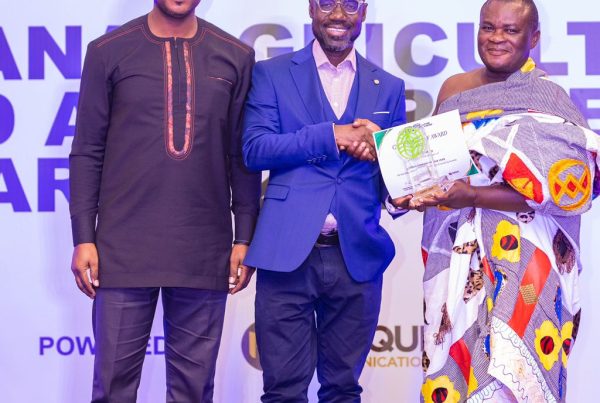A post by Hillary Miller-Wise, CEO of Esoko
Imagine you had to run a 10 km race without running shoes. Certainly you would make do with what you had, but you probably would end up blistered and near the back of the pack. In a simplistic way, this is what smallholder farmers in Africa experience every day. But in their case, their lives depend on it.
Most smallholder farmers in Africa are farming without the tools and knowledge they need. They don’t have access to inputs like quality seed and fertilizer that would allow them to produce more. Some countries have tried to solve this problem by subsidizing inputs with the intention of making them more affordable. In the end, though, the result is like giving the runner one shoe to run the race.
Subsidies are fraught with problems. Often the administration is so poor that the inputs don’t arrive in time for the season. Those who benefit most tend to be less-poor, more highly educated, well-connected and men. Subsidies tend to “crowd out” private sector supply, and they often drive farmers to over-produce the subsidized crop, such as maize, which can lead to negative changes in diet and nutrition as production of other crops like legumes is reduced.
Even when smallholder farmers are able to procure subsidized inputs, the product is often still too expensive for them. In Ghana, for example, a bag of fertilizer on the open market costs Ghs 120, or about $30. The government subsidy reduces the price to Ghs 90, or about $23. While the lower price certainly helps, it is still out of reach for many smallholder farmers, who have little cash at the time that they need to purchase the inputs. This is the main problem: it’s often not a question of overall income for farmers, but rather of cash flow. Farmers may well be able to afford inputs right after harvest, but they are often out of cash just prior to the planting season. And most of these farmers can’t borrow money to bridge the gap because, as we know, most banks won’t lend to them. One of the few options left is to borrow informally at very high interest rates, which eats into their profits at harvest time.
In order to break this cycle, farmers need to accumulate financial assets from production surpluses. In other words, they need to put some of the money they earn during harvest time into savings in order to purchase quality inputs for the next season.
Savings practices are already very widespread among more commercially-oriented smallholder farmers, as documented by CGAP in its recently published Smallholder Diaries report. Many smallholders keep their savings in-kind or under the mattress, presenting a clear opportunity to offer them more avenues to store money.
For less commercially-oriented smallholders, improved agronomic practices and better agricultural risk management would also be important, according to CGAP. Off-takers interested in reaching smallholders, for example, would need to bundle agronomic support and financial tools, the report says.
While subsidized inputs have proven to increase production for smallholder farmers who are able to access them, they tend to treat the symptom rather than the underlying disease, which is, at least in part, a combination of the high cost of inputs, farmers’ inability to store money safely when they can, and poor knowledge of improved agricultural practices to increase the return on investment when they are able to procure the inputs.
To tackle these problems in a sustainable way, we need to improve the way that input and financial markets function for poor smallholders. One way to do this is by creating incentives for smallholders to save and invest in their farm. These incentives should include access to discounted inputs based on market principles such as bulk purchases, access to vital market and agronomic information, guaranteed yield increases and protection against crop failure, and access to markets.
An input subsidy is like giving a runner one running shoe. Creating market incentives for smallholders to save and invest in their farms is like giving the runner the complete pair and the motivation to cross the finish line.



